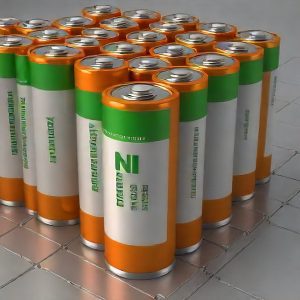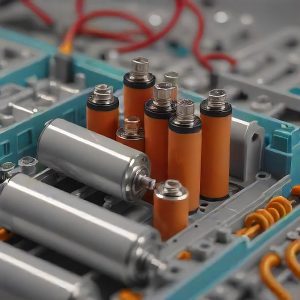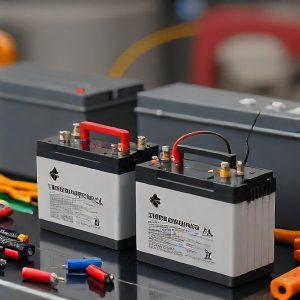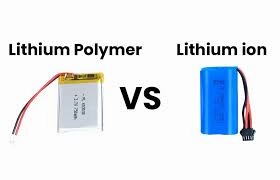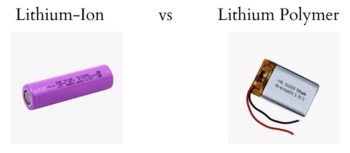Table of Contents
Introduction
Efficiency and reliability, in the world of electrical batteries, are the make or break factors. This is how every good battery should work and for whatever reason you want to use a battery, choosing the right one for your application is essential. Lead acid batteries have long been the market leader, but a new type of battery called low self discharge battery is quickly gaining popularity.
That seems straightforward but why exactly are low self discharge batteries such a wave making battery? But why are they a suitable alternative to common lead acid batteries? Now let’s have a closer look at why we should choose low self discharge technology over regular batteries, and how does the latter come out best.
1. What is Low Self Discharge?
Before diving deeper into the advantages, let’s first answer the crucial question: “What is low self discharge?” A LSD (low self discharge) battery is a type of rechargeable battery with longer life span and when not in use, they are good at holding their charge for a longer period. Quite different from the traditional rechargeable batteries that may lose up to 20% of their charge per month, low self discharge batteries retain from 85% to 90% charge for a year or longer.
The Ni-MH (nickel metal hydride) rechargeable cell is one such application of these batteries. The performance of Ni-MH technology has shown great improvements thanks to LSD batteries, which we will talk about in more detail.
2. Reliability in Storage: Long Shelf Life
Lead acid or common alkaline batteries is the go to choice for devices like a TV remote cell or emergency lights, for most of us. Nevertheless, if you have ever picked up a remote, only to realize the batteries are dead, this far in between usage, then you’ve been tested by the shortcomings of traditional batteries.
Low self discharge batteries solve this problem by keeping their charge when stored. For example, such batteries will lose only around 10 – 15% of the total charge on an annual basis, making them very appropriate in all applications, where the batteries are not used very often. It has a longer shelf life, so your TV remote cell, or any critical device, will be ready when you want them.
3. Environmentally Friendly: The Ni-MH Advantage
Heading the list are nickel metal hydride (Ni-MH) batteries, which have less environmental impact than lead-based batteries. Using low self discharge technology, the Ni–MH batteries used are easier to recycle and contains fewer toxic materials. Unlike lead acid batteries which use lead, a heavy metal that can be extremely harmful to the environment if not disposed correctly.
Not only are you contributing to making the world a bit more sustainable, but also it will enable you with a safer and more efficient power source with low self discharge Ni-MH batteries.
4. Versatility Across Devices: An exploration of how TV Remotes and Electrical Batteries get recycled.
Low self discharge batteries one benefit which stands out is the versatility. These batteries can be used extensively in various devices, right from the diesel daily essentials such as TV remote cells and wireless mice to the more exigent use in electrical batteries of power tools, cameras, and flashlights. This flexibility makes them a great idea for those that want to streamline which and how many batteries you carry with you for different devices.
Because they contain a higher percentage of their charge, these batteries are especially well suited for standby applications where extended time between use is commonplace.
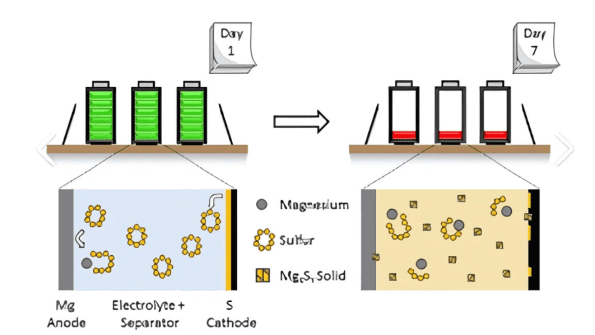
5. Low Maintenance Requirements
The reputation of lead acid batteries is that they are high maintenance. Topping off fluids and monitoring voltage levels are all things that they need regular monitoring and maintenance. On the other hand, low self discharge batteries (even Ni-MH), are pretty maintenance free. Due to their lower maintenance requirement, LSD batteries are a more convenient solution for all kinds of everyday and industrial applications, saving time and work.
6. Energy density now is higher – for better performance.
Low self discharge batteries offer a step up for delivering consistent, long lasting power when compared to traditional alternatives. These hold higher energy density rather than Lead acid batteries. In other words, it’s about improved performance in energy demanding devices such as cameras, portable gaming consoles, as well as in larger applications like solar energy storage systems.
Moreover, these batteries consistently deliver power not only make devices like TV remotes or a backup lighting system functionable, but also do not require frequent replacement.
7. It brings Enhanced Durability and Safety.
However, electrical devices remain top of mind when it comes to safety. Even some of the lead acid batteries have been identified to cause leaks, spillages and even in extreme cases, explosions. Whereas low self discharge Ni-Mh batteries come with built in safety features that prevent battery from the risk of overheating and leakage. This makes them safer to use in both, industrial and household purposes.
Low Self Discharge vs. Lead Acid Batteries: A Quick Comparison
| Feature | Low Self Discharge | Lead Acid |
| Self-Discharge Rate | 10-15% per year | 5-20% per month |
| Energy Density | Higher | Moderate |
| Environmental Impact | Low (Ni-MH) | High (lead content) |
| Maintenance Requirements | Low | High |
| Versatility | High | Limited |
| Safety | Higher | Lower |
| Cost-Effectiveness (Long Term) | High | Moderate to Low |
The Future of Electrical Batteries: Why Choose Low Self Discharge?
Why Choose Lithium Ion Battery in General – Low self discharge is one of the very important criteria that I would look at first.
Rechargeable batteries have been advancing with growing capability of electrical batteries and low self discharge technology. LSD batteries offer a much more reliable, environmentally friendly and versatile alternative to lead acid batteries for those who are looking. They have long lasting charge retention, high versatility and are environmentally friendly thus making them a smart choice for many applications.
In addition, the Ni-MH technology used in these batteries makes for a safer and more sustainable power solution, further enhancing the case for low self discharge batteries over earlier lead based models.
Conclusion
But if you struggle with dead batteries in your TV remote; poor performance in your power tools or high maintenance in lead acid solutions, you need to think about low self discharge batteries. So by choosing these advanced batteries, you get batteries that have a longer shelf life, less negative impact on the environment, greater safety and the versatility of use in a number of devices.
Next time you do electrical batteries shopping consider switching to low self discharge options as you will realize the difference.



